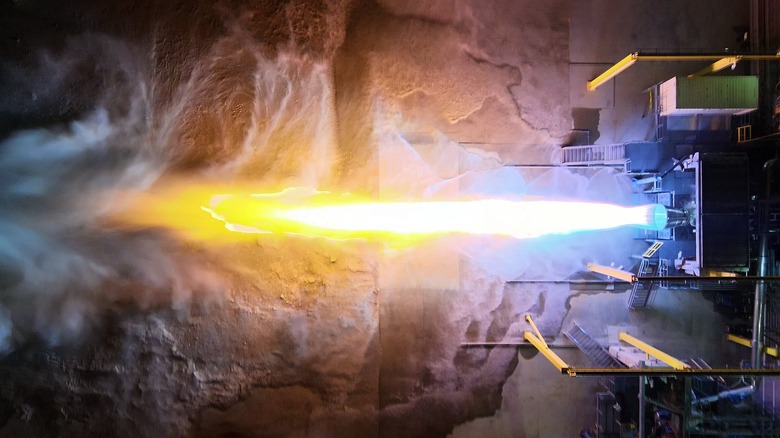Planning For Drier Weather: Essential Steps For Water Conservation

Table of Contents
Assessing Your Water Usage
Understanding your current water consumption is the first step towards effective water conservation. Knowing where your water goes allows you to target areas for improvement and maximize your water conservation efforts.
- Check your water bill: Analyze your water bill to identify periods of high usage and pinpoint potential problem areas. Look for unusual spikes in consumption that may indicate leaks.
- Monitor your water meter: Regularly check your water meter for leaks. Note the reading at the start of a day, and check it again a few hours later. Any significant change without explanation could signify a leak.
- Use online calculators: Numerous online calculators estimate your household water footprint. These tools can provide a clear picture of your water usage and help identify areas needing attention for improved water conservation.
- Identify water-intensive appliances and fixtures: Older toilets, leaky faucets, and inefficient showerheads contribute significantly to water waste. Identifying these culprits is key to effective water conservation.
Simple Changes for Big Savings
Many small adjustments can significantly impact your water consumption. Implementing these simple changes offers substantial water conservation benefits without requiring major renovations or investments.
- Fix leaky faucets and toilets promptly: Even a slow drip wastes gallons of water over time. Repairing these leaks immediately is a simple yet highly effective water conservation measure.
- Take shorter showers and install low-flow showerheads: Low-flow showerheads reduce water usage without compromising water pressure. Aim for shorter showers to save even more water.
- Install low-flow toilets and dual-flush mechanisms: Low-flow toilets use significantly less water per flush than older models. Dual-flush mechanisms allow you to choose between a full or half flush, further enhancing your water conservation efforts.
- Run your dishwasher and washing machine only with full loads: Avoid running these appliances with partially filled loads to maximize efficiency and improve water conservation.
- Water your lawn efficiently: Water your lawn during the early morning or late evening hours to minimize evaporation. Deep, infrequent watering is more effective than shallow, frequent watering for healthy lawns and efficient water conservation.
Smart Landscaping for Drier Climates
Adapting your landscaping to drier weather is crucial for water conservation. Choosing the right plants and employing smart irrigation techniques drastically reduces your water usage.
- Choose drought-tolerant plants and grasses native to your region: Native plants are naturally adapted to your local climate and require less water than non-native species. This is a cornerstone of effective landscape water conservation.
- Use mulch to retain soil moisture and reduce evaporation: Mulch helps retain moisture in the soil, reducing the frequency of watering and promoting healthier plants.
- Install a drip irrigation system for targeted watering: Drip irrigation delivers water directly to the roots of plants, minimizing water waste and maximizing efficiency for water conservation.
- Consider xeriscaping: Xeriscaping is a landscaping approach designed for arid climates. It emphasizes drought-resistant plants and water-wise design principles for optimal water conservation.
- Avoid overwatering: Check soil moisture before watering. Overwatering can lead to water waste and potentially damage your plants.
Harvesting and Reusing Water
Explore options to capture and reuse water for non-potable uses. These methods significantly contribute to overall water conservation efforts.
- Install rainwater harvesting systems: Collect rainwater from rooftops and store it in tanks for use in irrigation. This is a highly effective water conservation technique.
- Reuse greywater from showers and sinks for watering plants (check local regulations): Greywater, which is wastewater from showers and sinks, can be reused for irrigation after appropriate filtration (always check local regulations before implementing this).
- Collect water from dehumidifiers for your garden: The water collected from dehumidifiers can be used to water plants.
- Sweep driveways and patios instead of hosing them down: Reduce water waste by sweeping instead of hosing down your hard surfaces.
Conclusion
Planning for water conservation during drier weather is not just environmentally responsible, it's also a financially smart move. By implementing the strategies outlined above – from assessing your water usage and making simple changes to adopting smart landscaping practices and harvesting rainwater – you can significantly reduce your water consumption. Remember, even small actions collectively contribute to a more sustainable future. Make water conservation a priority today and protect our water resources for tomorrow. Start planning your water conservation strategy now!

Featured Posts
-
 Situation Critique A La Gaite Lyrique Les Employes Quittent Les Lieux Et Demandent L Intervention De La Mairie
May 20, 2025
Situation Critique A La Gaite Lyrique Les Employes Quittent Les Lieux Et Demandent L Intervention De La Mairie
May 20, 2025 -
 Top Seeds Sabalenka And Zverev Progress In Madrid
May 20, 2025
Top Seeds Sabalenka And Zverev Progress In Madrid
May 20, 2025 -
 Blue Origins Rocket Launch Cancelled A Subsystem Malfunction
May 20, 2025
Blue Origins Rocket Launch Cancelled A Subsystem Malfunction
May 20, 2025 -
 L Ia Peut Elle Egaler Agatha Christie Analyse De Cours D Ecriture Innovants
May 20, 2025
L Ia Peut Elle Egaler Agatha Christie Analyse De Cours D Ecriture Innovants
May 20, 2025 -
 High Ranking Admiral Found Guilty Unraveling The Corruption Scandal
May 20, 2025
High Ranking Admiral Found Guilty Unraveling The Corruption Scandal
May 20, 2025
